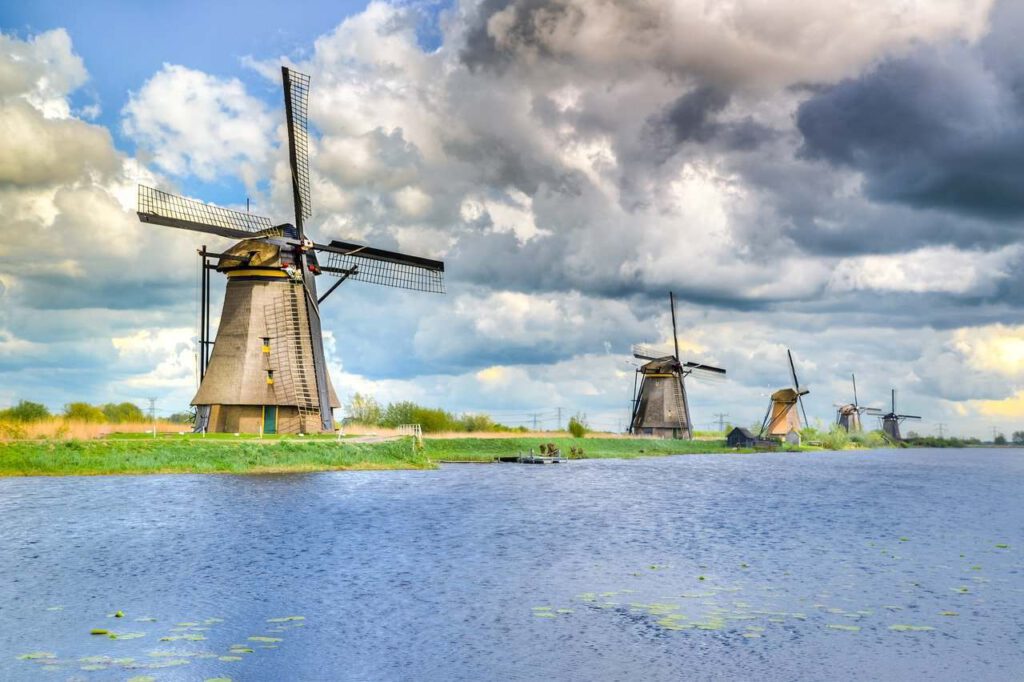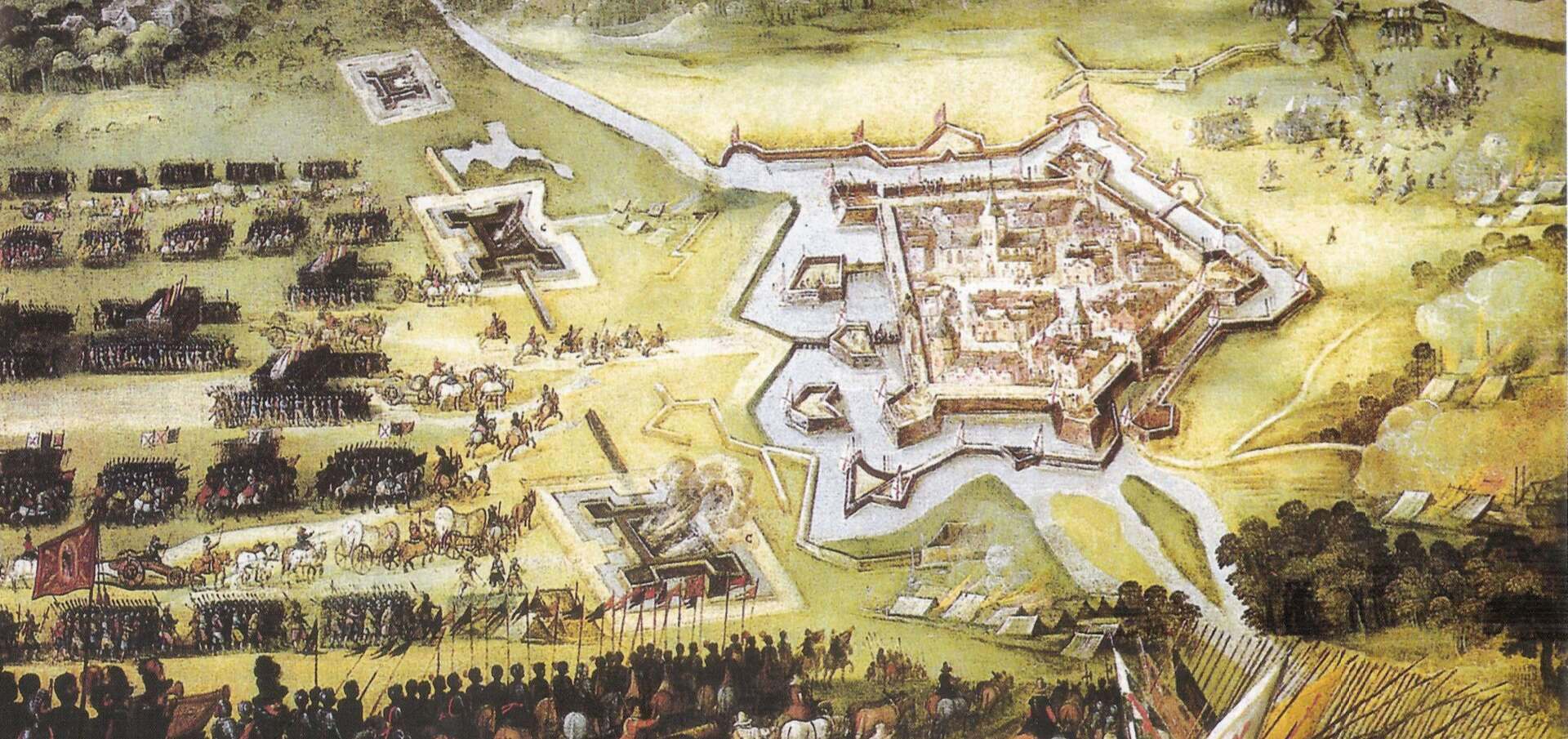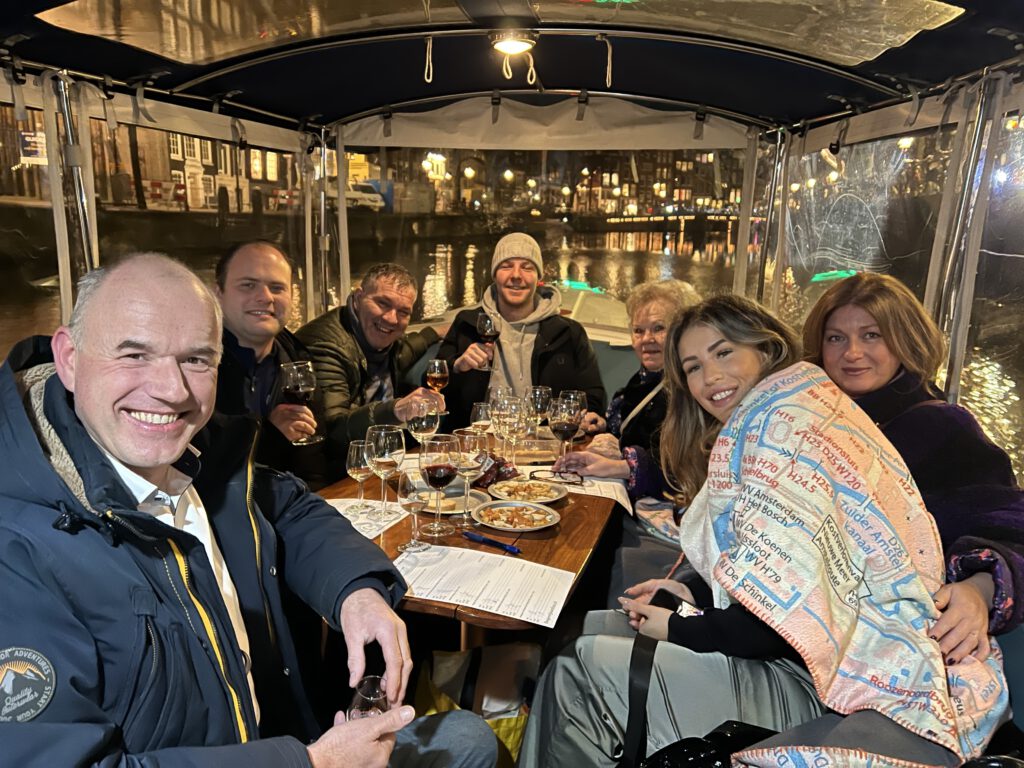By the time the Dutch war of independence ended those who had started it were pretty much all dead. Not because they were all brutally murdered (though, no doubt, some were; it was a war) but because it took so damn long!
How long?
Eighty years. Yes, that’s long. To put that in perspective, since many people had children in their teens or early twenties, the people who’d initially shouted ‘Freedom!’ had great great grandchildren when it was all done.
To be fair, the fighting wasn’t continuous. There were plenty of truces, peaces, treaties and agreements along the way. But in all, it took 80 years before Spain finally gave up its claims to the territory.

Why the Dutch rebelled
The Dutch rebelled against Spanish rule for two reasons. The first one was similar to why a certain British colony decided to throw off their overlord’s yoke: ‘no taxation without representation’. (Though, knowing the Dutch consensus model, we probably needed a book to say the same thing).
But the biggest reason was religious. The Spanish were (rather zealous) catholics while most of the Dutch embraced calvinism during the reformation (1540s). And though today, those two groups might see eye to eye, back then they would only look at each other through the sights of a musket barrel.
The religious wars wracked Europe for about 300 years; throughout the 16th, 17th and 18th century. The Dutch rebelled as part of that in 1568 in response to rather ruthless demands made by the Spanish king, Phillip II. They tore down religious art in catholic churches in what is known as the ‘beeldenstorm’ or ‘storm of statues’ This first rebellion was crushed ruthlessly, forcing the calvinists underground. You can still see some of their hidden churches, like the ‘Lieve Heer op Zolder’ or Kind Lord in the Attic.
Water as a defence tactic
It could have all ended there, but Phillip was not magnanimous in victory. He demanded the Dutch pay a tax to fund his war against the Ottoman empire. That turned many formerly loyal dutchies against him. Again, the area rose up. This time it went better. The Dutch attained naval superiority (which they managed to keep for the rest of the war) and started busting the dikes close to besieged cities to flood the land and was the enemy away. Willem of Orange ordered a huge swath of territory, between the rivers the Maas and the Oude Rijn flooded in this way to protect Holland. I guess you could call that defence by tsunami.
For a while, it got incredibly complicated with Spanish armies mutineering, the French and the British getting involved and territory going back and forth. Then fortunately for the Dutch, the Spanish took their eye off the ball, got involved in another (religious) war in the South of France and an area known as ‘Holland’ (hence the misnomer) became sort of independent from 1588.
As an extra bonus, religious persecution around Spanish controlled Flanders led non-catholic merchants to flee to Amsterdam. This caused a large trade boom and made it possible for Amsterdam to become an important trading city. The Dutch invested their windfall wisely and turned their army into an effective fighting machine with guns and cannons.
A famous Dutch invention
There were plenty of Dutch military innovations, but one of the coolest has to be the one regarding Jenever. This was one of the world’s first distilled alcohols (and was copied by the English who called it ‘gin’). The Dutch decided it was a great idea to give it the army before a battle. Hence the expression ‘Dutch Courage’.
And before you worry about the soldier’s accuracy, don’t. As back then bullets were round, gunpowder weapons were notoriously inaccurate. The best you could do was kind of point them in the right direction and hope. Jenever didn’t really interfere with that.
Bigger armies
Apparently, the Spanish were twiddling their thumbs as this happened. For when the Dutch moved against them, they were absolutely crushed and driven out of the modern day Netherlands. But Spain was hardly beaten. They had a global empire to call upon, after all.
For a while the two sides fought back and forth and built ever-bigger armies. The Dutch army tripled in size to 50,000 men with most of the common soldiers being English, Germans and Swiss. Makes you wonder how they ever communicated. ‘Charge!’ ‘What’s he saying?’ ‘Attack, attack, attack!’ ‘I think he’s saying it’s time for lunch’.
Truce
Eventually, They signed a truce. Here, the difference in what they were fighting for probably helped the Dutch. After all, while the Dutch were fighting for their lives the Spanish were trying to keep a colony. And so, the peace deal was very favorable to the low countries and including official recognition of their newly established Republic’s independence.
This 1609 truce lasted 12 years. What ended it? Take a guess. Went with religion? Nailed it! Once again, the protestants and the catholics decided they couldn’t live together. In this case, it started far in the east in a country known as Bohemia (in the present day Czech Republic) with the Dutch, Spanish and others fighting a proxy war. This war lasted 30 years, enveloped most of central Europe and ended up costing eight million lives.
Truce
Eventually, They signed a truce. Here, the difference in what they were fighting for probably helped the Dutch. After all, while the Dutch were fighting for their lives the Spanish were trying to keep a colony. And so, the peace deal was very favorable to the low countries and including official recognition of their newly established Republic’s independence.
This 1609 truce lasted 12 years. What ended it? Take a guess. Went with religion? Nailed it! Once again, the protestants and the catholics decided they couldn’t live together. In this case, it started far in the east in a country known as Bohemia (in the present day Czech Republic) with the Dutch, Spanish and others fighting a proxy war. This war lasted 30 years, enveloped most of central Europe and ended up costing eight million lives.
How the Dutch won their independence
Eventually, Spain turned on the Dutch proper. This time, they fought a military and economic war which crushed the Dutch economy. Things got bad for a while. Then, the spanish made the same mistake as last time, and got involved in another war (Apparently, this was a hard lesson for them to learn).
Suddenly, the ground shifted. Together with the French (who were never particularly fond of the Spanish) the Dutch went on the offensive, sunk a fleet with 20,000 soldiers, and kicked Spain out of modern day Belgium. They claimed for themselves Dutch-speaking Flanders and Luxembourg, as well as many colonies overseas.
Finally, in 1698, the Spanish and the Dutch signed the treaty of Munster. Here, Spain recognized all these territories as belonging to the Dutch republic, lifted their embargo and gave plenty of trade concessions to boot.
Historians often say that this was the moment that Dutch golden age, where the Dutch Republic was possibly the richest and most powerful country in the world, got started.
But that’s another article.


